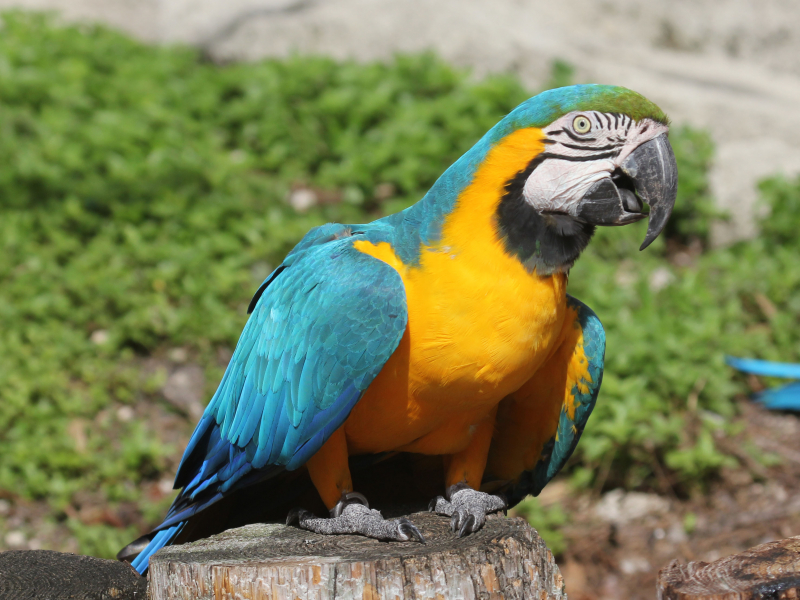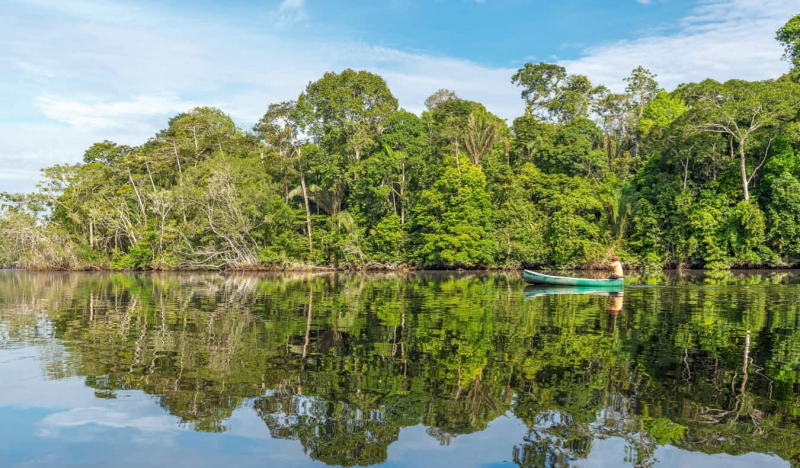Biodiversity of Colombia

Colombia is classified as a megadiverse country, which means it has a high level of biodiversity. It is ranked second among the world's 12 most biodiverse countries. The Andes flow through the city and are made up of three interconnected mountain ranges, with Bogotá located on a flat savannah within them. Meanwhile, the Amazon rainforest is home to many indigenous people, endangered species, and endemic flora and fauna.
This signifies that these species are unique to this location. The Amazon, the Andes, the inter-Andean valleys, and the Chocó region have the highest concentrations of biodiversity. Flora in Colombia is also diversified and friendly. There are moorlands, jungles, savannahs, woodlands, marshes, and even plains in this country. The majority of them are national natural parks with fruit trees and various flora biodiversities including orchid blossoms, palms, magnolias, and more.
The country's beautiful vistas, however, do not end with the rainforest. Many sites in Colombia unite two ecosystems, but the Serrana de la Macarena National Natural Park is the most unusual, where the Amazon meets the Andes. It also contains two desert sections, La Guajira and La Tatacoa, as well as two coastlines, one on the Caribbean and one on the Pacific, with stunning beaches backed by snow-capped mountains and lush woods. Colombia also has a significant páramo habitat, which helps to create rain.











